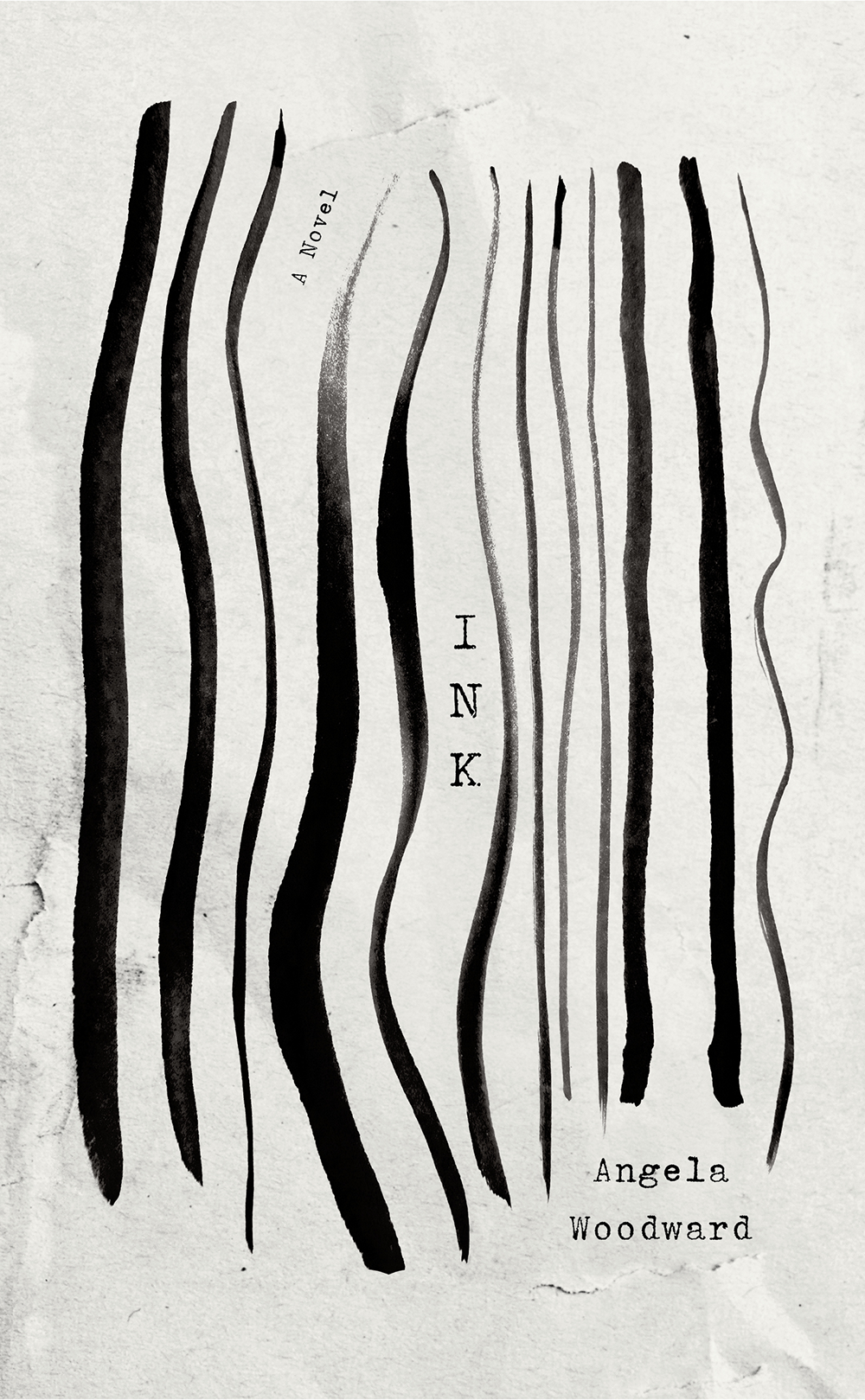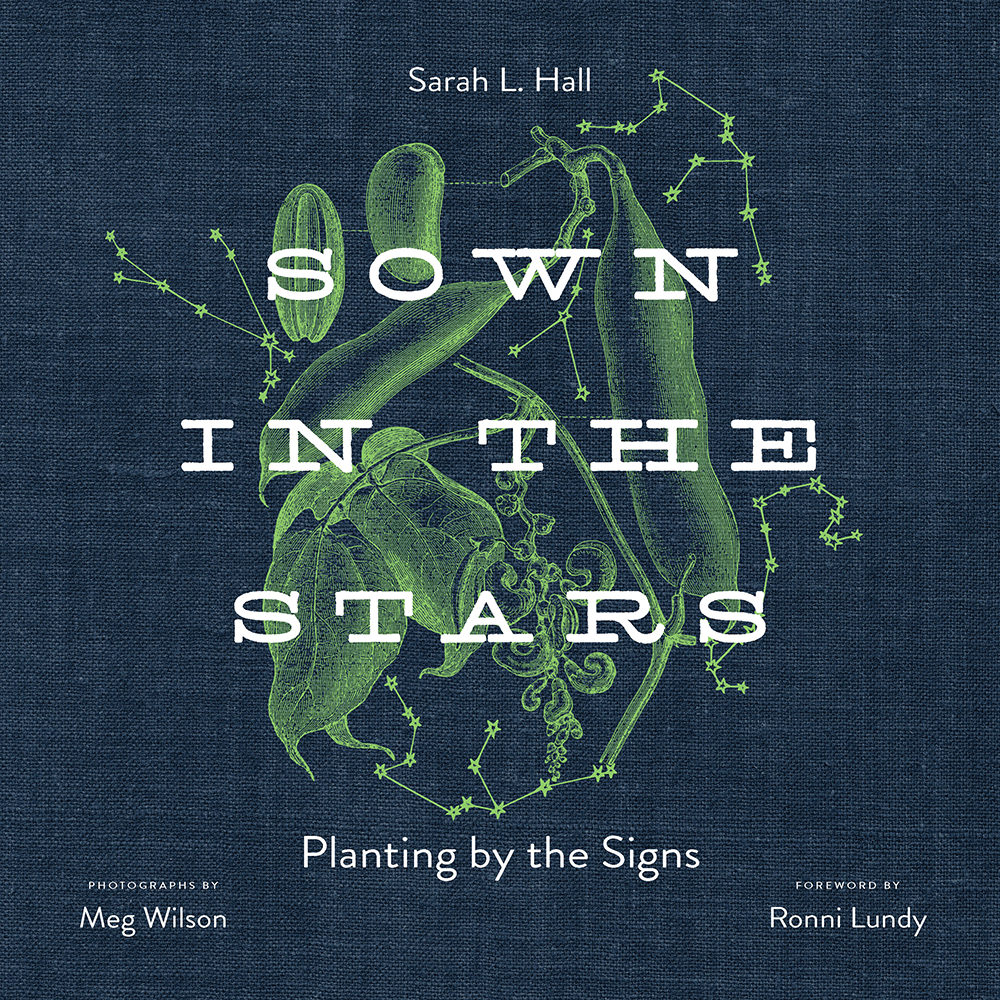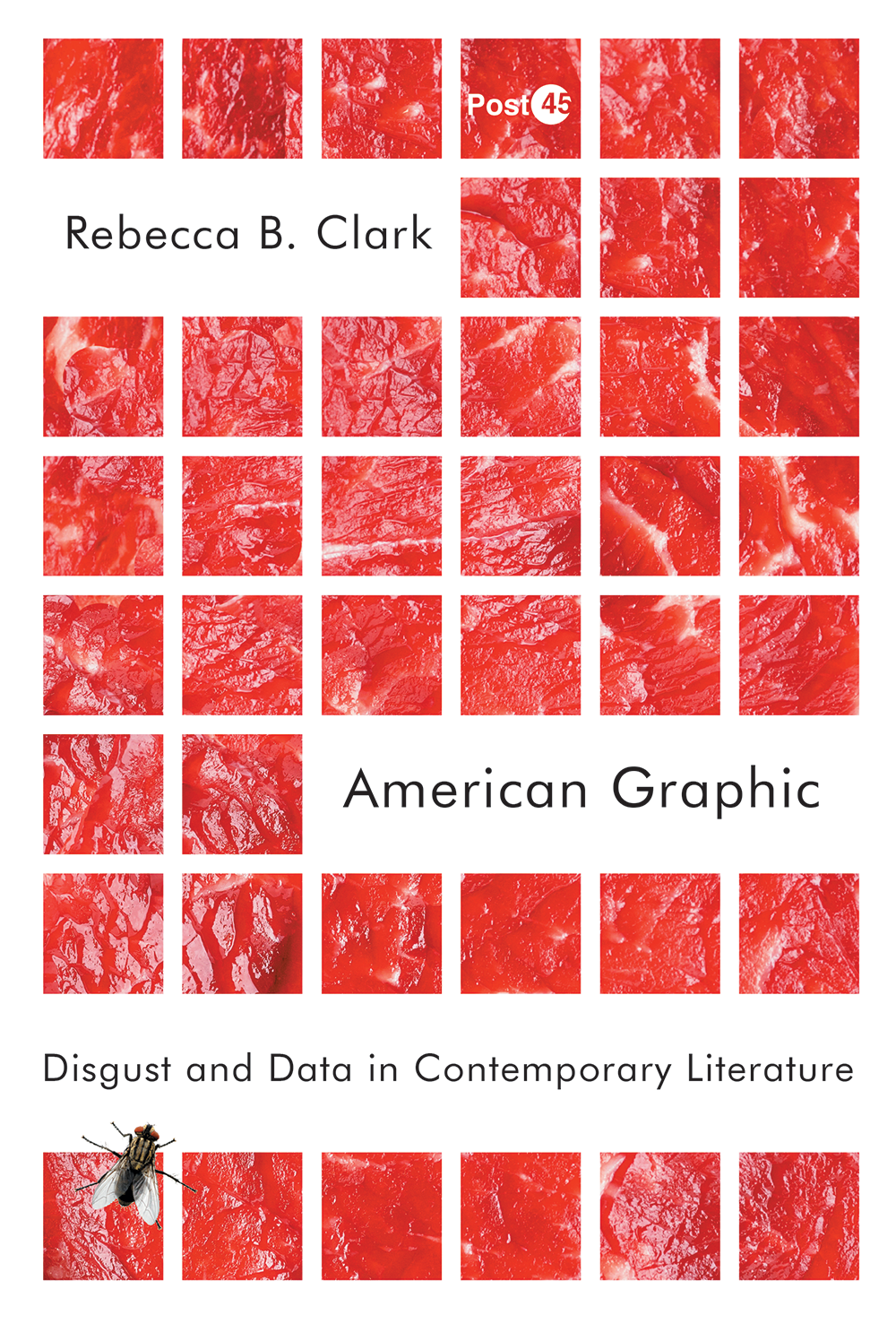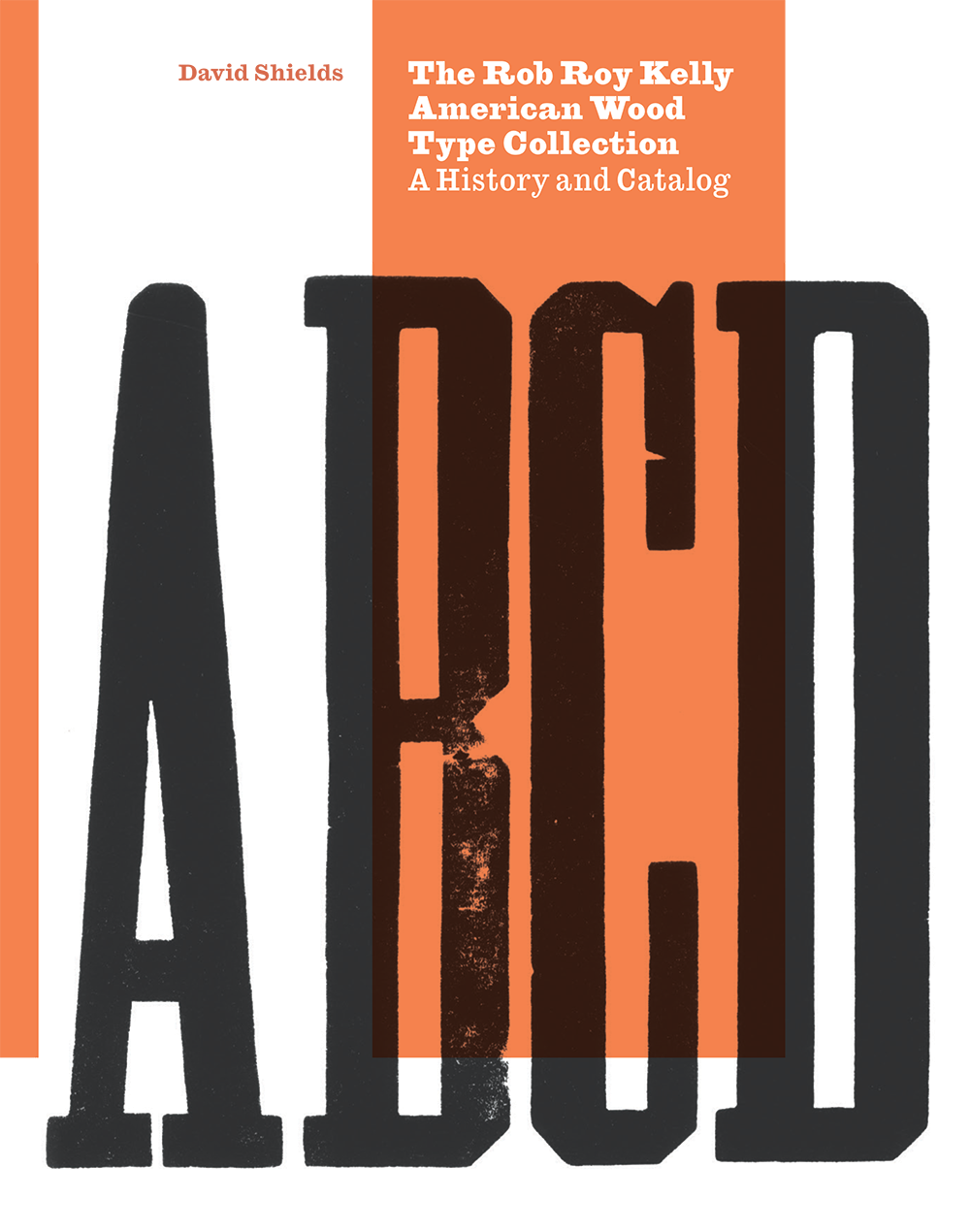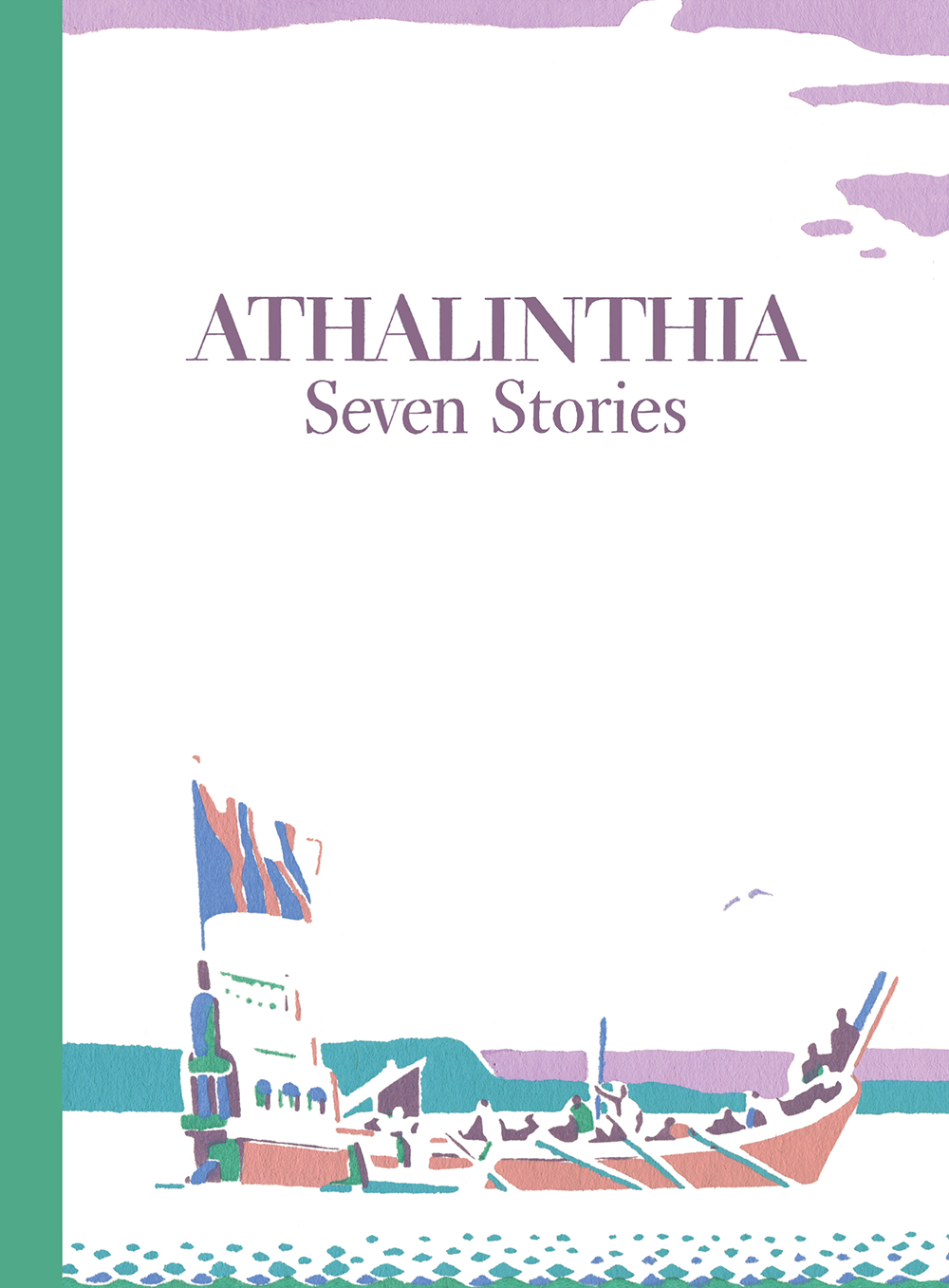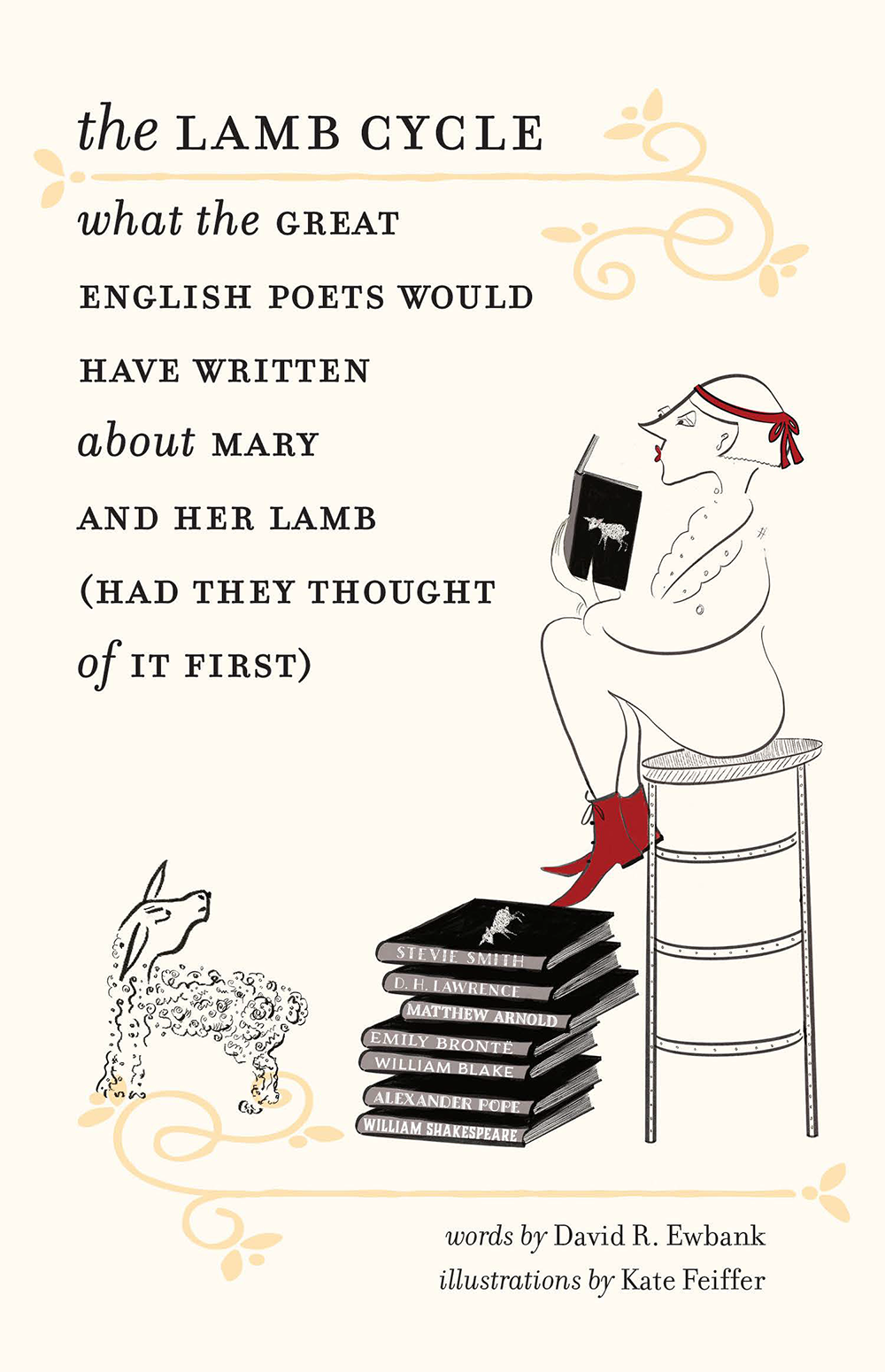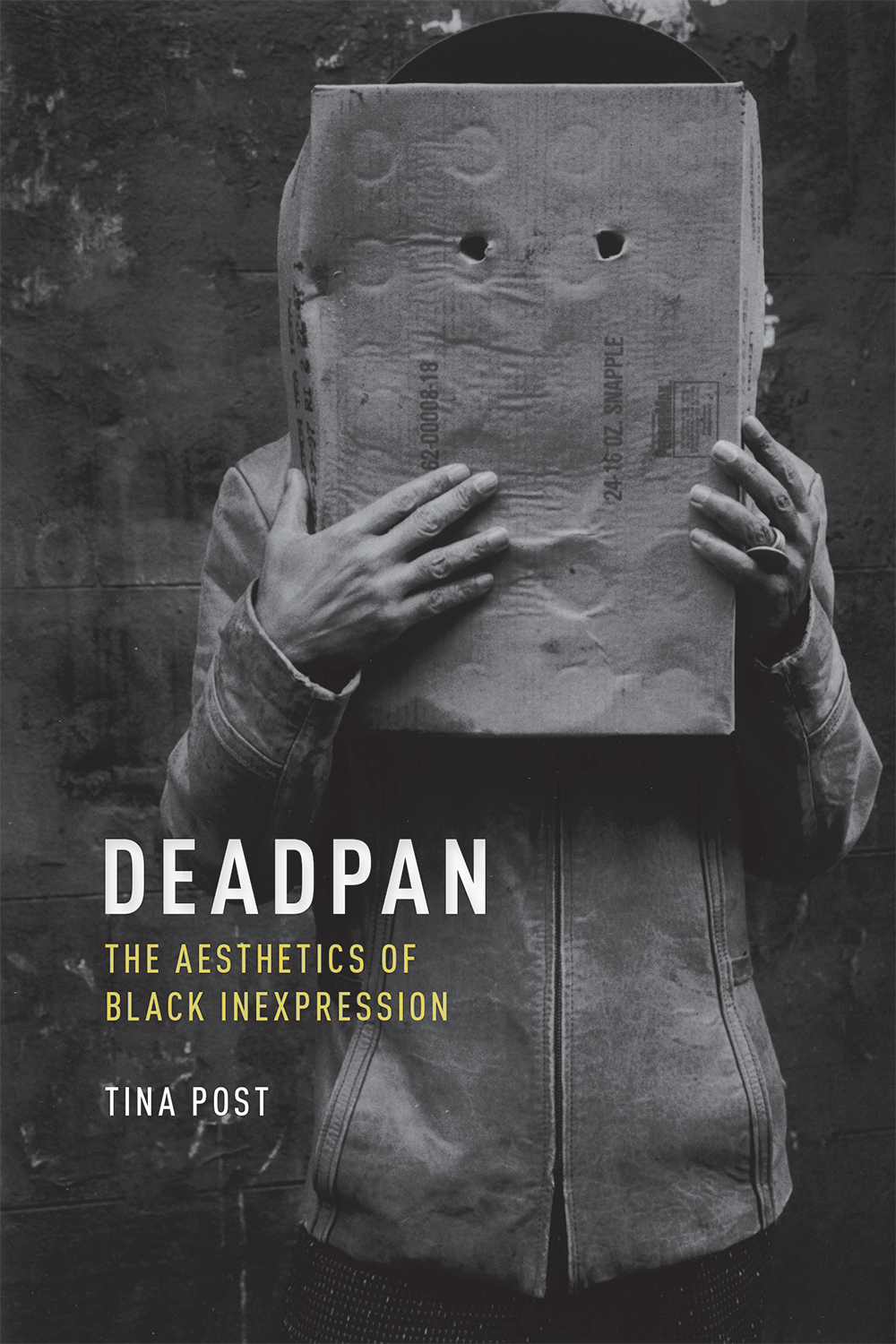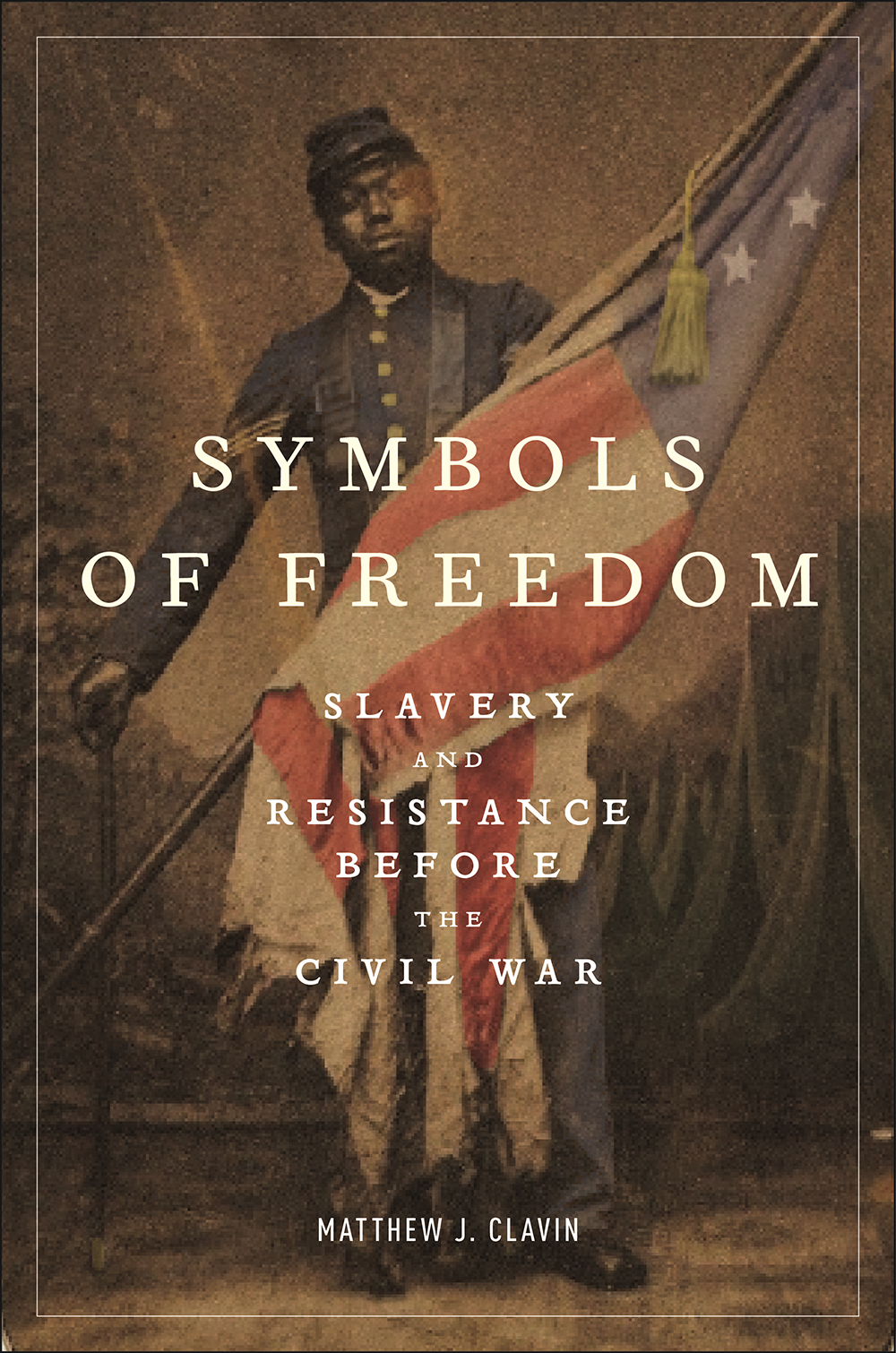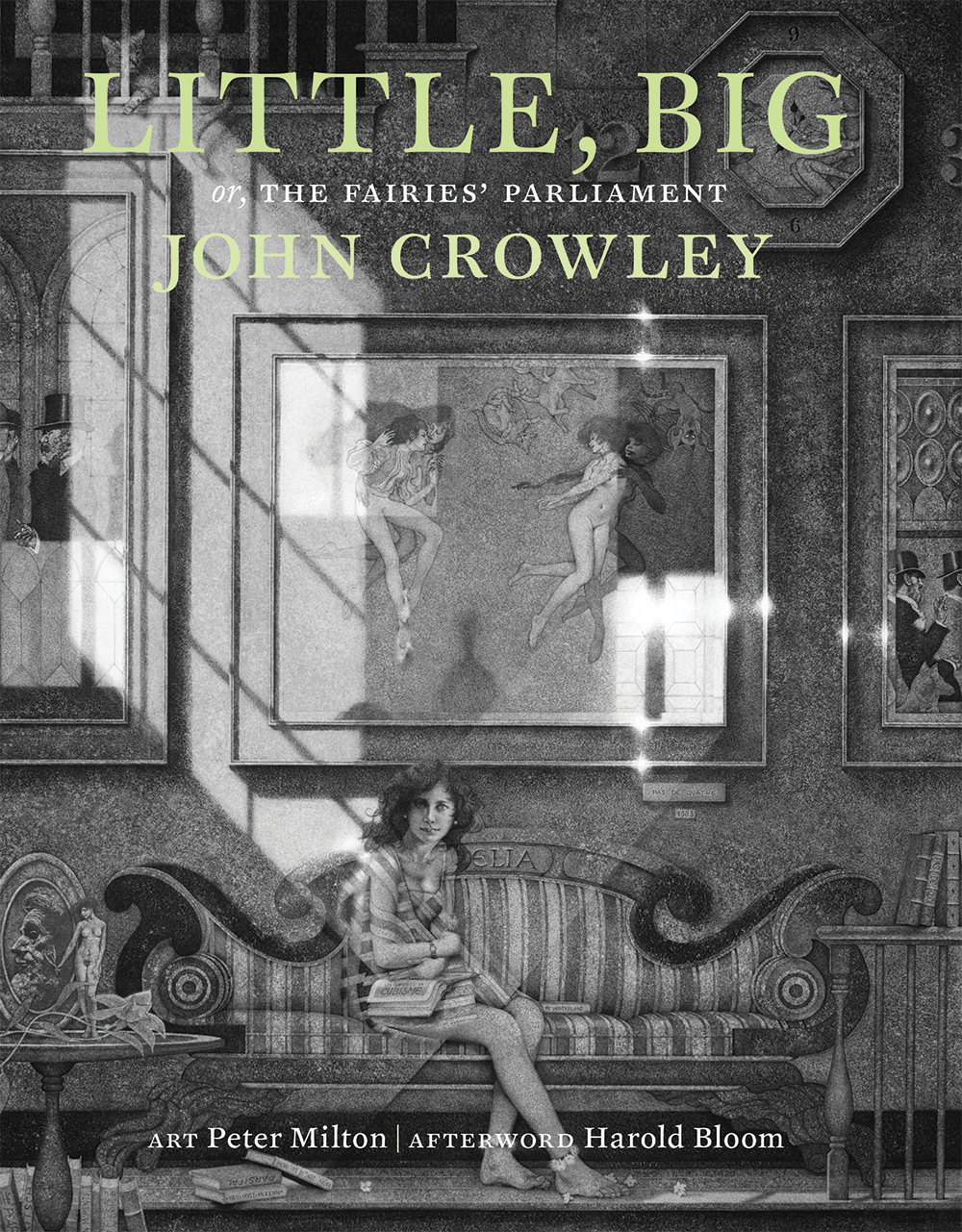
Categories
This year, the judges chose two categories: Covers and Books.
In each, they selected “Best in Show”—the standouts among all the entries—and then chose other winners for Covers and Books. Check out the great design selections below, read what the judges had to say, and click the “more information” buttons to view text provided by the entrants.
Note: the “more information” copy is not written or edited by PPN.
COVERS
Best in Show
COVERS
Best in Show
You’re with Stupid
kranky, Chicago, and the Reinvention of Indie Music
Author: Bruce Adams
ISBN: 9781477321201
Publisher: University of Texas
Cover design: Lonny Hurley and Derek George
Printers: Versa Press/Phoenix Color
Judges’ comments:
- Perfect treatment for the topic, expertly conveys the aesthetic of 1990s indie music graphic style, focusing on the kranky label in Chicago in particular.
- The uncoated paper-over-board gives the book a down-to-earth immediacy.
Weed Rules
Blazing the Way to a Just and Joyful Marijuana Policy
Author: Jay Wexler
ISBN: 9780520343924
Publisher: University of California Press
Cover design: Tim Green, Faceout Studio
Printers: Books International/John Pow
Judges’ comments:
- Innovative lettering, incorporating the leaf motif in an unexpected, memorable way.
- Well-executed—we particularly like the resonance between the ‘D’ and ‘U’ letterforms.
American Amnesia
How We Lost Our National Memory—and How to Recover It
Author: Helen E. Krieble
ISBN: 9781641772808
Publisher: Encounter Books
Cover design: Molly von Borstel
Judges’ comments:
- The unexpected treatment of the word ‘American’ is evocative and engaging, drawing the reader in—expressionistically conveying the book’s themes.
- The special effects are wonderfully subtle and add an extra level of richness.
Ink
A Novel
Author: Angela Woodward
ISBN: 9780813196534
Publisher: University Press of Kentucky
Cover design: Kat Lynch
Illustration: Tanatpon Shaweewat
Judges’ comments:
- Beautifully expressive and engaging—eye-catching and lingers in the mind long afterward.
- Conceptually strong—the typewritten text evokes ink in a way that complements the illustration, anchoring the stylistic contrast.
COVERS
Winners
COVERS
Winners
Sown in the Stars
Planting by the Signs
Author: Sarah Hall
ISBN: 9780813197043
Publisher: University Press of Kentucky
Cover design: Kathleen Lynch/Black Kat Design
Printer: Versa Press
Judges’ comments:
- Nice use of a visually textured hard cover case and navy/dark green nocturnal palette, which works well for the topic intersecting astronomy and agriculture.
- The vintage woodcut style illustration pairs nicely with the wood type, and the color palette does a great job of evoking the night sky.
Your Blue and the Quiet Lament
Poems
Author: Lubna Safi
ISBN: 9781682831397
Publisher: Texas Tech University Press
Cover design: Hannah Gaskamp
Printer: Sheridan
Judges’ comments:
- A perfect cover for a debut collection of poetry: soft blue misty magic pulls you in.
- Appropriate use of soft touch lamination.
- The landscape references Syria while at the same time evoking a certain universality of experience.
Visible Borders, Invisible Economies
Living Death in Latinx Narratives
Author: Kristy Ulibarri
ISBN: 9781477326572
Publisher: University of Texas Press
Cover design: Natlile Sowa
Printers: Sheridan/Phoenix Color
Judges’ comments:
- Conceptually, this cover was a big challenge to pull off, as the title has two loaded parts and a subtitle pulls the book in yet another direction.
- Successful use of line art and color palette makes it work, while very basic font choices reflect a scholarly work from a university press.
- The brilliant color treatment subdues the illustration, challenging the viewer to take a closer look at the macabre scene.
Death of a Bookseller
A Novel of Suspense
Author: Alice Slater
ISBN: 9781613163771
Publisher: Scarlet/Pinzler Publishing
Jacket design: Tim Green, Faceout Studio
Judges’ comments:
- Another great cover from a versatile team at FaceOut Studio clearly communicates a suspense novel.
- A difficult script font to use successfully—extra points for that!
American Graphic
Disgust and Data in Contemporary Literature
Author: Rebecca B. Clark
ISBN: 9781503630970
Publisher: Stanford University Press
Cover design: David Drummond
Printer: Lightning Source
Judges’ comments:
- What a meaty title/headline! This cover delivers exactly that: orderly bits of raw texture!
BOOKS
Best in Show
BOOKS
Best in Show
Jimi
Authors: Janie Hendrix & John McDermott
ISBN: 9781797220017
Publisher: Chronicle Chroma
Designers: Tré Seals (Vocal Type) and Alexandria Martinez
Printer: Asia Pacific Offset
Judges’ comments:
- The judges loved this book inside and out.
- The cover is strong, graphic, and appropriate to its subject.
- The title typography is gorgeous. It was custom-created for the book, as are all the fonts used within, which complement the layout beautifully.
- It is not easy to bring together archival materials in a way that reads unified and lively.
- This book uses a flexible and dynamic grid that both highlights the wonderful photography and makes it easy to navigate.
Mujeres Hispanas y Tipografía
Authors: Hoffmitz Milken Center for Typography
ISBN: 97817334137
Designers: Lavinia Lascaris and Ximena Amaya
Printer: Acuprint, Marina Graphic Center
Judges’ comments:
- Original use of size, format, typography, gradients, and white space.
- The choice to create four oversized booklets, each representing a typographer, was surprising and appreciated.
- Attention to detail and a sure-handed elegance were visible in every aspect of the design and production.
The Rob Roy Kelly American Wood Type Collection
A History and Catalog
Author: David Shields
ISBN: 9781477323687
Publisher: University of Texas Press
Designer: David Shields
Printer: Asia Pacific Offset
Judges’ comments:
- Described by the judges as a “designer’s love letter,” in which the choices made by David Shields, both the author and designer, are dynamic, elegant, and always serving the interest of the visuals.
- Typographic detail and thoughtful use of white space provide a compelling framework for the book’s type-centric visual content.
- A complex design with a lot of elements to manage.
BOOKS
Winners
Seen and Unseen
Author: Elizabeth Partridge
ISBN: 9781452165103
Publisher: Chronicle Books
Designers: Lauren Tamaki and Lydia Ortiz
Printer: C&C Offset Printing
Judges’ comments:
- A beautiful merging of illustration, typography, hand lettering, and photography.
- Both new and old, innovative and retro, all at the same time.
- Type and illustrations work together in a way that is original, and reflects expert attention to visual balance.
- The design helps tell stories of a harsh time in a way that is palatable and engaging.
BOOKS
Winners
Athalinthia
Seven Stories
Author: W.A. Dwiggins
ISBN: 9798218082109
Publisher: Püterschein-Hartland
Designer: Bruce Kennett
Printer: Penmor Lithographers
Judges’ comments:
- Judges deemed this “an exquisite little book.”
- As opposed to the large format of other winners, this small book felt spacious, with excellent illustration and careful execution.
Pulp
A Practical Guide to Cooking with Fruit
Author: Abra Berens
ISBN: 9781797207148
Publisher: Chronicle Books
Designer: Sara Schneider
Printer: C&C Offset Printing
Judges’ comments:
- It’s light and airy.
- The printing and production values are evident.
- You can see how each piece of design—photo styling, typography, and palette—was thought out, refreshing, and well-executed.
The Lamb Cycle
What the Great English Poets Would Have Written About Mary and Her Lamb (Had They Thought of It First)
Author: David Ewbank
ISBN: 9781684581450
Publisher: Brandeis University Press
Designer: Lisa Diercks (Endpaper Studio)
Printer: 1010 Printing
Judges’ comments:
- Perfectly put together, very amusing, with a just-right level of embellishment.
- The juxtaposition of text and art is creative, effective, and charming.
Deadpan
The Aesthetics of Black Inexpression
Author: Tina Post
ISBN: 9781479811212
Publisher: New York University Press
Designers: Adam B. Bohannon (cover) and Charles B. Hames (interior)
Printer: Versa
Judges’ comments:
- Chapter openers, sideways running heads, and art treatment signal something out of the ordinary, focusing attention on what is being shown.
- Nice to see this kind of attention in a one-color, text-driven book.
- Put together with thought and skill.
DJ Screw
A Life in Slow Revolution
Author: Lance Scott Walker
ISBN: 9781477325131
Publisher: University of Texas Press
Designer: Derek George
Printers: Sheridan Books and Phoenix Color
Judges’ comments:
- Using the font Helvetica feels like an innovative and non-cliché move for a book about an underground dj in Houston, Texas.
- It says that his story is not relegated to a grungy, graffiti, niche audience. It has wider appeal and importance, and is taken seriously.
Symbols of Freedom
Slavery and Resistance before the Civil War
Author: Matthew J. Clavin
ISBN: 9781479823246
Publisher: New York University Press
Designers: Adam B. Bohannon (cover) and Charles B. Hames (interior)
Printer: Sheridan
Judges’ comments:
- Inviting to read.
- Nice black text type with well composed pages.
- Chapter heads are dramatic, allusive to the historical period.
- The closer you look at it, the better it looks.
The Human Side of Innovation
The Power of People in Love with People
Author: Mauro Porcini
ISBN: 9781523002887
Publisher: Berrett-Koehler Publishers
Designers: Debbie Berne
Printer: Friesens
Judges’ comments:
- Effective use of a second color in a text-driven book—enough to add interest and accent without going overboard.
- The design is accessible and makes the book inviting.
Little, Big
or, the Fairies’ Parliament
Author: John Crowley
ISBN: 9780963363756
Publisher: Incunabula
Designers: John D. Berry and Ron Drummond
Printer: Brilliant Graphics
Judges’ comments:
- The design comes across as initially classic. Its size and approach conveys that this is an important, timeless novel.
- The interesting use of imagery, including placement, cropping, and interaction with the text, signal a more modern intention.
- Many delicate touches, from the indents to the tints.
Island Wisdom
Hawaiian Traditions and Practices for a Practical Life
Authors: Kainoa Daines and Annie Daly
ISBN: 9781797216935
Publisher: Chronicle Prism
Designer: Laura Palese
Printer: C&C Offset
Judges’ comments:
- The colors are bright and beautiful.
- The photography and illustration reflect the history and culture of the subject while being joyful, fun, and inviting.




